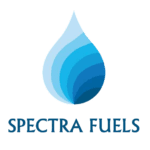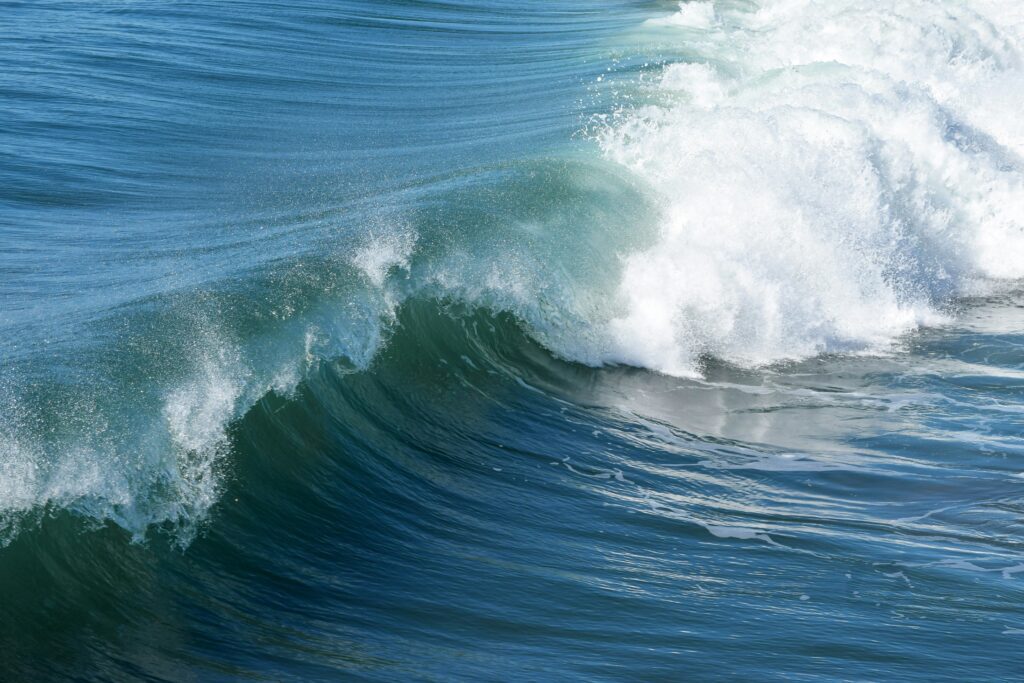Introduction
The global shipping industry is facing a dual challenge: rising bunker costs and mounting pressure to reduce carbon emissions. With maritime transport responsible for nearly 3% of global greenhouse gas emissions, the push for sustainability is stronger than ever. Amid advanced fuel-efficient engines and cleaner fuels, one of the most natural and cost-effective solutions remains underutilized—the ocean itself.
By intelligently harnessing ocean currents, ships can optimize their routes to consume less fuel, cut travel time, and reduce environmental impact. This technique, sometimes described as “current-assisted routing,” offers both economic and ecological benefits with minimal upfront investment. Let’s explore how ships can ride the flow for a smarter, greener journey across the seas.
Understanding Ocean Currents
Ocean currents are large-scale water movements that flow continuously through the world’s oceans. These can be broadly categorized into:
- Surface currents – Driven by global wind patterns and Earth’s rotation, these currents (like the Gulf Stream in the Atlantic and the Kuroshio in the Pacific) significantly influence surface conditions and are especially relevant for shipping.
- Deep ocean currents – Formed by differences in water density due to temperature and salinity (thermohaline circulation), these operate at deeper levels and have long-term climate impacts but are less directly influential on shipping.
The behavior of these currents is governed by complex interactions among wind, water salinity, temperature, and the Coriolis effect. For vessels, particularly those traveling long distances, aligning routes with favorable currents can substantially increase efficiency. Just as airliners adjust their routes to take advantage of jet streams, ships can use ocean currents to their benefit.
III. Bunker Consumption in Marine Transport
Bunker consumption in shipping is influenced by multiple factors, including:
- Vessel speed (fuel use increases exponentially with speed)
- Hull design and maintenance
- Cargo weight and distribution
- Weather conditions and wave height
- Route and navigational strategy
A large container ship can consume up to 200–300 tons of bunkers per day, making even a small percentage of fuel savings translate into massive cost reductions over time. Additionally, the environmental cost is steep. Maritime shipping emits over 1 billion tons of CO₂ annually. Reducing bunker consumption not only trims costs but directly contributes to global decarbonization goals.
Ocean Currents as a Routing Tool
Optimizing a ship’s route based on ocean currents is a smart, practical method to cut fuel use. Here’s how it works:
- With the current: Sailing with favorable currents (such as the eastward-flowing Gulf Stream) helps increase vessel speed with no extra fuel input. This effectively reduces voyage time and engine workload.
- Avoiding adverse currents: Conversely, steering clear of opposing currents prevents added resistance that forces engines to work harder, burning more fuel.
Imagine a cyclist drafting behind the wind or a plane using a tailwind to fly faster—it’s the same principle applied at sea.
Route optimization based on currents requires precise, real-time oceanographic data. With advances in satellite imaging and marine forecasting, it’s now possible to map current flows days in advance and integrate this data into voyage planning software.
Case Studies & Success Stories
Several shipping companies have already embraced this technique with promising results.
- One of the world’s largest container shipping firms, has been working with marine weather routing services. By adjusting routes to utilize favorable ocean currents, they’ve reported bunker savings of up to 5%, along with reduced voyage times.
- One of the Japanese owners has also integrated current-aware route planning through collaboration with the Japan Meteorological Agency. Their optimized voyages have led to annual fuel savings in the range of thousands of tons of bunker fuel.
- Another major Japanese ship owner conducted a study where route optimization based on ocean currents and weather conditions saved up to 8% of fuel per trip, significantly reducing emissions and operational costs.
These examples show that current-assisted routing is not merely a theoretical benefit—it is a proven, scalable strategy.
Challenges and Limitations
While promising, there are real-world challenges to widespread adoption:
- Data accuracy and availability: Ocean current patterns can be unpredictable and vary by season, depth, and region. Real-time updates and high-resolution models are necessary to ensure accurate route planning.
- Integration into existing systems: Many ships use legacy navigation tools. Integrating current-optimized routing requires software upgrades and crew training.
- Operational trade-offs: Sometimes, the shortest path is not the most efficient in terms of fuel. Choosing a current-optimized route might extend the travel distance or time. Balancing cost, speed, and cargo deadlines is essential.
- Fleet variability: Not all vessels can benefit equally. Factors such as ship size, engine efficiency, and cargo type play a role in how much advantage can be drawn from currents.
VII. The Role of AI and Predictive Analytics
Emerging technologies are helping to solve many of the above challenges. Artificial intelligence and machine learning are now being used to:
- Analyze historical and real-time data on ocean currents
- Predict current shifts days in advance
- Continuously adjust routing recommendations mid-voyage
- Customize optimal routes for different ship types and load conditions
In the future, ships may be equipped with autonomous systems that continuously recalculate optimal paths based on real-time conditions—adjusting course minute-by-minute for peak efficiency.
VIII. Policy and Industry Implications
Regulatory frameworks are increasingly encouraging more sustainable practices:
- The International Maritime Organization (IMO) has introduced the Carbon Intensity Indicator (CII) and Energy Efficiency Existing Ship Index (EEXI), pushing companies to adopt smarter, greener operational strategies.
- Emission trading systems and carbon taxes in some regions are making fuel efficiency a financial necessity, not just an environmental goal.
- Ports and logistics hubs are beginning to prioritize and reward ships that demonstrate fuel-efficient and environmentally friendly operations.
For the industry to fully embrace current-optimized routing, collaboration is key. Sharing oceanographic data, standardizing software platforms, and fostering public-private partnerships can accelerate adoption across fleets of all sizes.
Conclusion
By aligning with the natural forces of the ocean, the shipping industry has an opportunity to significantly cut fuel use and emissions—without building new ships or changing fuel types. Ocean current optimization is a smart, data-driven approach that leverages what the Earth already provides: free, directional energy.
While challenges remain in data quality and system integration, the trajectory is clear. With AI-driven tools and regulatory support, current-aware routing is moving from a niche capability to a mainstream standard in maritime logistics.
In a world racing toward net-zero, the shipping industry must learn not just to power through the sea—but to flow with it.
– Kahan Sheth


